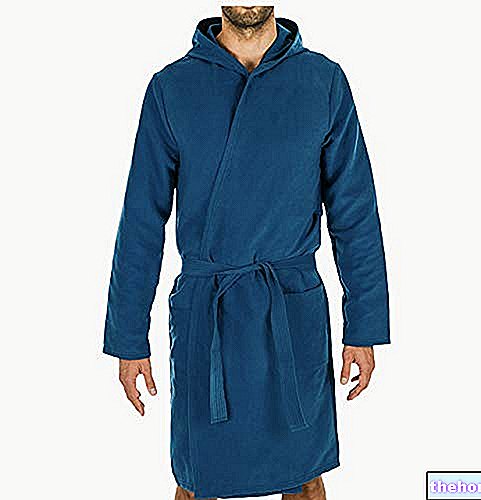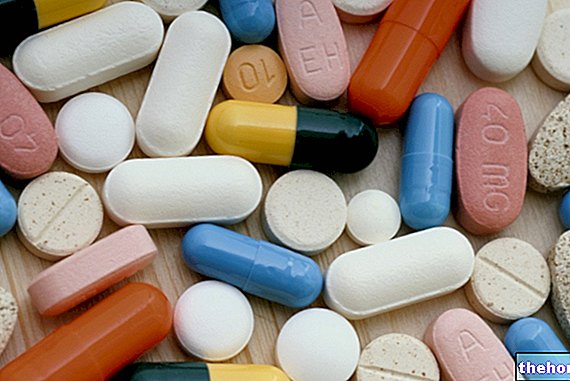Edited by Prof. Guido M. Filippi
Changing the amount of nerve command that reaches the muscle in 24 hours and / or the pattern of this command means morphologically changing the muscle. For example, if an athlete trains 4 days a week he will send to the muscles a quantity of commands drastically higher than that sent by those who train only 2 days, and again, if he trains in long distance running he will produce a nerve signal whose distribution in the time will be profoundly different from those who train in the high jump. Muscle is said to be plastic due to its ability to be structurally and / or biochemically modified (Myology Engel AG and Franzini-Armstrong C 1994). This fundamental aspect explains the need for daily training for the high-level athlete and the need to differentiate training according to the type of athletic gesture required.
It is therefore the nerve command to the muscle that determines the characteristics of the muscle itself. In each subject, therefore, the state of the muscle, understood as the size and enzymatic composition of the motor units, depends on the type (quantity and pattern) of nervous command that daily motor habits require.
Here is the real sequence responsible for the state of our muscles: the subject develops some motor needs (walking, training, climbing stairs every day or sitting mainly in the car, etc.), the nervous system guides its mechanical actuator ( the muscle) to develop mechanical energy according to activation and deactivation sequences as adequate as possible.
So the work, the physical exercise is only an artifice through which we can, in an indirect and empirical way, activate our nerve networks by making them send to the muscle fibers sequences of commands adequate to develop a certain type of muscle mass and a certain type of function.
- The technique is indirect as it acts on the creator of our muscular state indirectly, creating needs (I have to run and run in a certain way).
- The technique is empirical because we ignore the best command that neural networks must produce to develop a neuromuscular apparatus adequate to create a sprinter.

Consider, in this sense, the simple extension movement of the leg, in a situation in which the only free joint to move is the knee, as in the system presented in Figure 4.
The subject is seated, the angles
- Ankle
- Dell "hip
- Lumbar and cervical hinges
they are fixed.
The arms are folded. Extend one leg at a time by lifting the load and bring the leg back to 90 ° with the floor controlling the descent.
In this situation, the movement concerns only the knee and it can be considered, with a valid approximation, that the trajectory develops only forward and backward in the sagittal plane.
In this movement, the following scheme of muscle activation applies (Figure 5).

If this muscle play fails, or is simply altered, the consequences are illustrated in Figure 6.

The reported situation is well known to anyone familiar with physical activity.
But muscle play, or rather, more properly neuromuscular, has a series of implications in terms of performance: in fact, if the "extensor - flexor interaction (therefore agonists - antagonists in leg extension) is essential to protect the lever system," on the other hand it causes a reduced production of force and speed, and therefore causes a considerable energy expenditure. The same phenomenon will occur in the “return” of the leg, when the extensors will oppose the flexors. Figure 7 summarizes the problem.
Other articles on "Neurophysiology and sport - second part"
- Neurophysiology and sport
- Neurophysiology and sport - third part
- Neurophysiology and sport - fourth part
- Neurophysiology and sport - fifth part
- Neurophysiology and sport - sixth part
- Neurophysiology and sport - eighth part
- Neurophysiology and sport - Conclusions



















-nelle-carni-di-maiale.jpg)








